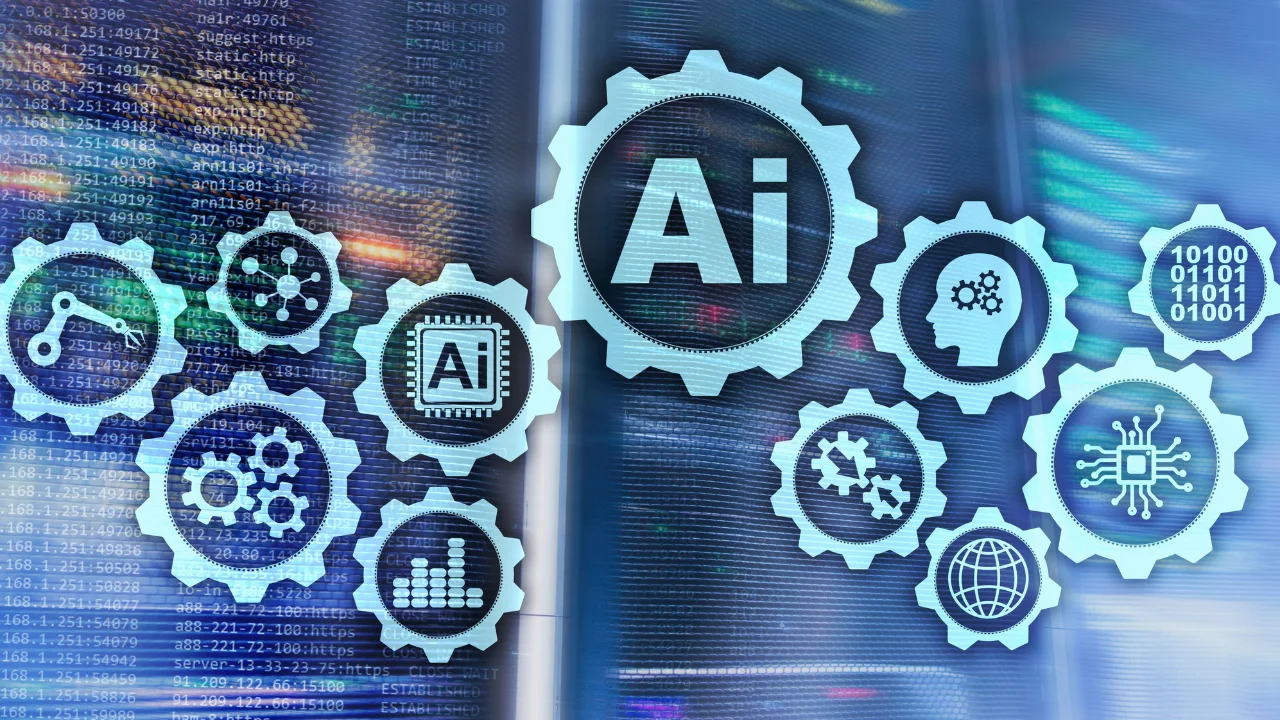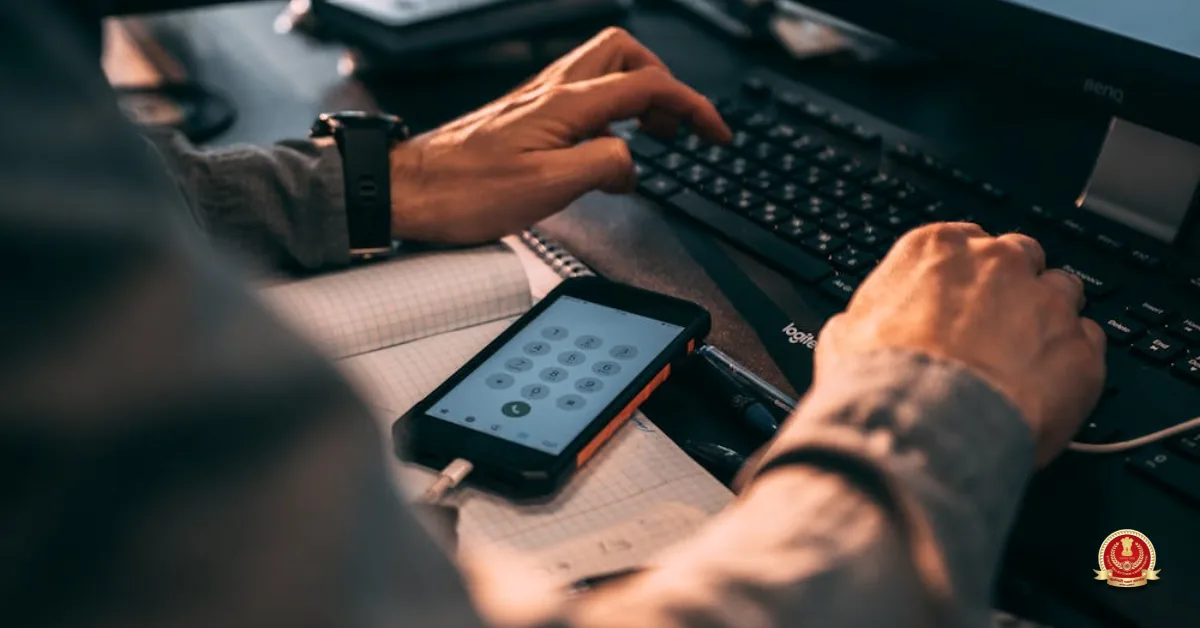Why Deepfakes Are in the News
Bollywood actor Ranveer Singh has taken legal action by filing a police report against a deepfake video circulating on social media. The video portrays him expressing political opinions he never actually made. Alongside Singh, another Bollywood star, Aamir Khan, also appears in similar videos criticizing Prime Minister Narendra Modi and supporting the opposition Congress party in the 2024 Lok Sabha elections. These clips, with millions of views, falsely depict Khan and Singh voicing dissatisfaction with Modi’s governance and accusing him of neglecting economic issues.
What are Deepfakes
Deepfakes are synthetic media created by manipulating existing videos or audio recordings using artificial intelligence. This manipulation can replace a person’s likeness with another’s, or alter their speech patterns to make them say things they never did. Here’s a deeper dive into deep fakes:
How They Work
- Deepfakes leverage a type of artificial intelligence called deep learning, specifically generative adversarial networks (GANs).
- GANs consist of two neural networks:
- Generator: Creates new, realistic-looking content based on a training dataset of images or videos.
- Discriminator: Analyzes the generated content and tries to distinguish it from real content.
- Through an iterative process, the generator improves its ability to create realistic forgeries, while the discriminator refines its detection skills.
Applications
- Entertainment: Deepfakes can be used for humorous purposes, like creating parodies or placing celebrities in funny situations.
- Social commentary: Deepfakes can be used to raise awareness about social issues or create satire.
Concerns and Risks
- Misinformation and disinformation: Malicious actors can use deepfakes to spread false information or damage someone’s reputation.
- Cybercrime: Deepfakes could be used for financial scams, like impersonating someone in a video call to trick them into revealing sensitive information.
- Erosion of trust: The prevalence of realistic deepfakes could make it difficult to know what’s real and what’s fake online, leading to a general distrust of information.
The Dark Side of Deepfakes
Despite their potential for entertainment and social commentary, deepfakes also pose significant risks:
- Misinformation and Disinformation: Malicious actors can use deepfakes to spread false information or damage someone’s reputation. Imagine a deepfake video of a political candidate making a controversial statement, potentially swaying voters.
- Cybercrime: Deepfakes could be used for financial scams. For example, a deepfake video call could impersonate a CEO to trick an employee into revealing sensitive information or authorizing a fraudulent transaction.
- Erosion of Trust: The prevalence of realistic deepfakes can make it difficult to know what’s real and what’s fake online, leading to a general distrust of information and potentially hindering healthy public discourse.
The Future of Deepfakes
- As deepfake technology continues to develop, it’s likely to become even more sophisticated and difficult to detect.
- There’s an ongoing race between deepfake creators and developers of detection methods.
- Regulations and legal frameworks may be necessary to address the misuse of deepfakes.
It’s important to be critical of the content you consume online and to be aware of the potential dangers of deepfakes.
Here are some additional points to consider:
- Deepfakes are not limited to video. They can also be used to create fake audio recordings or images.
- Deepfakes can be used to target individuals or entire groups of people.
- Deepfakes can hurt democracy and elections by spreading misinformation about candidates.
- SSC CGL Exam Centers 2025 for Tier 1 and Tier 2, Choose Preferences
- SSC CGL Vs CAT, Which is the Better Career Option?
- SSC Typing Test – How to Attempt SSC Typing Test, Check Strategy
- SSC CGL vs IBPS PO Complete Comparison, Which is Better?
- Active Passive Voice for SSC Exams, Practice Questions with Solutions
- SSC Registration Number, Know How to Get Your Registration Number

Hello, I’m Aditi, the creative mind behind the words at Oliveboard. As a content writer specializing in state-level exams, my mission is to unravel the complexities of exam information, ensuring aspiring candidates find clarity and confidence. Having walked the path of an aspirant myself, I bring a unique perspective to my work, crafting accessible content on Exam Notifications, Admit Cards, and Results.
At Oliveboard, I play a crucial role in empowering candidates throughout their exam journey. My dedication lies in making the seemingly daunting process not only understandable but also rewarding. Join me as I break down barriers in exam preparation, providing timely insights and valuable resources. Let’s navigate the path to success together, one well-informed step at a time.






